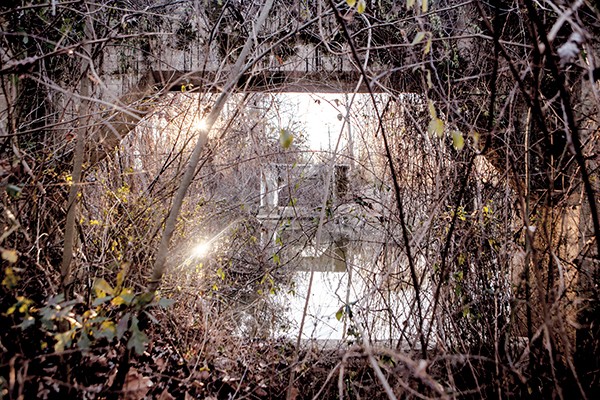The Lynching Sites Project of Memphis has hired a new project manager to oversee the memorialization of Ell Persons, an African-American man burned alive a century ago in Shelby County.
African-American historian John Ashworth will lead a citywide interfaith prayer service May 21st at the site where Persons was murdered, nearly 100 years to the date it occurred. Newspapers in 1917 created a spectacle of Persons’ death for days leading to it, gathering thousands of people to what is now Summer and the Wolf River. After he was set afire, Persons was decapitated and taken to Beale Street, and his head was hurled at a group of black pedestrians.
“What is the effect of the trauma on the African-American community from the terrorism that was placed on them?” Ashworth said. “There is so much hidden pain, and it’s having a tremendous negative effect on the entire country — not just African Americans. I think it’s important that we tell the true story about these things.”
Ashworth, a Vietnam veteran who served 21 years in the Army, worked last year as the chairman for a memorial committee honoring Elbert Williams, an African-American man, who, in 1940, became the first person in the modern civil rights movement to be killed for his work organizing a local chapter of the NAACP.
Along the Hatchie River in Brownsville, Tenn., Ashworth led descendants of Williams back to the site where he was lynched. They collected soil from where the hate crime occurred. It now rests in the Montgomery, Ala. National Lynching Memorial.
 Andrea Morales
Andrea Morales
The Persons lynching site
At least 70 lynchings took place in six West Tennessee counties between 1865 and 1950, according to a report by the Equal Justice Initiative. Persons, joining Williams, will become the second victim of those tragedies to be memorialized. The Shelby County Historical Commission will place a historical marker at the site.
“I think there are a lot of good people in this part of the country who are working very hard to move all of us forward,” Ashworth said. “I think this is a chance for the Mid-South to showcase: ‘We may not be where we need to be, but we are a hell of a lot further down the road than we were 100 years ago.'”
It’s the many wrongful deaths, swept under the rug but woven into the fabric of America’s identity, that ignite racial tensions across the country, Ashworth said.
“How does a young African-American male or female who has grown up in a society that for 348 years was enslaved and for another 150 years was under Jim Crow segregation see themselves?” Ashworth said. “How do they see other people who look like them? There’s internalized pain and shame that’s been passed from generation to generation.”
He points to Joy DeGruy’s book Post Traumatic Slave Syndrome. Through research, DeGruy concludes that for white people to commit hate crimes, they had and have to go through a form of cognitive dissonance to “disassociate themselves from people who they knew were human beings.” Her point is, Ashworth said, that the same thought process is still passed down, the ramifications of violent racism negatively affecting both white and black people.
“We need to find a way to have open and honest conversations with each other about how we feel about race,” Ashworth said. “It’s when we pretend there are no problems that we run into problems.”